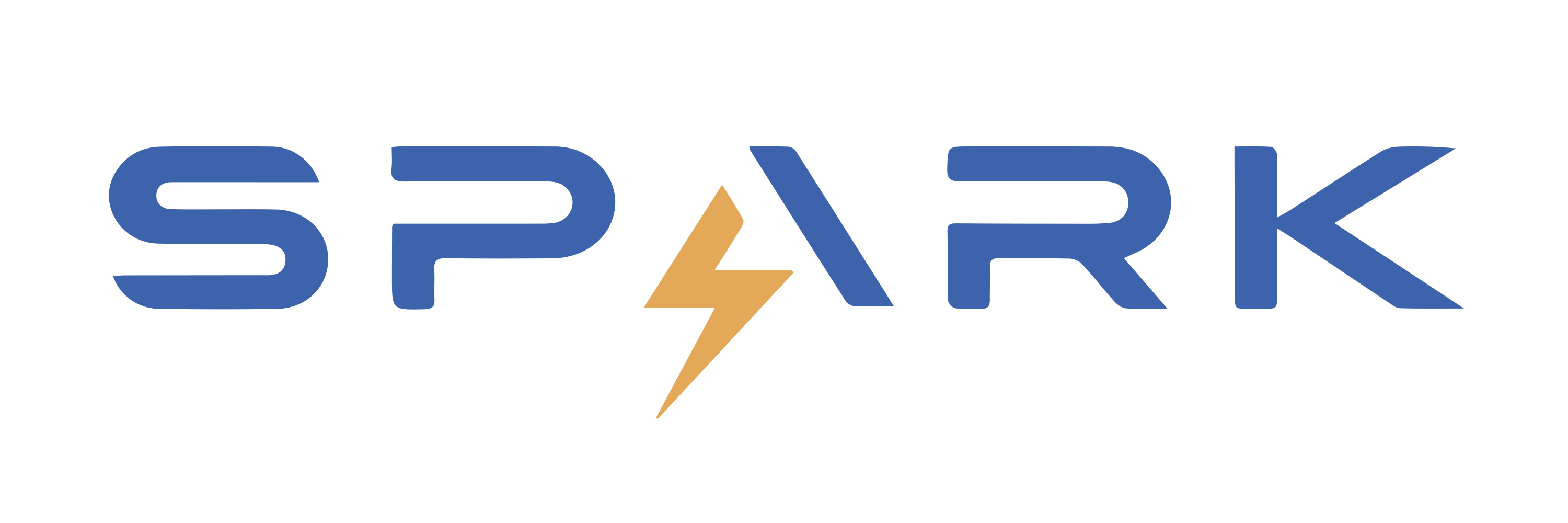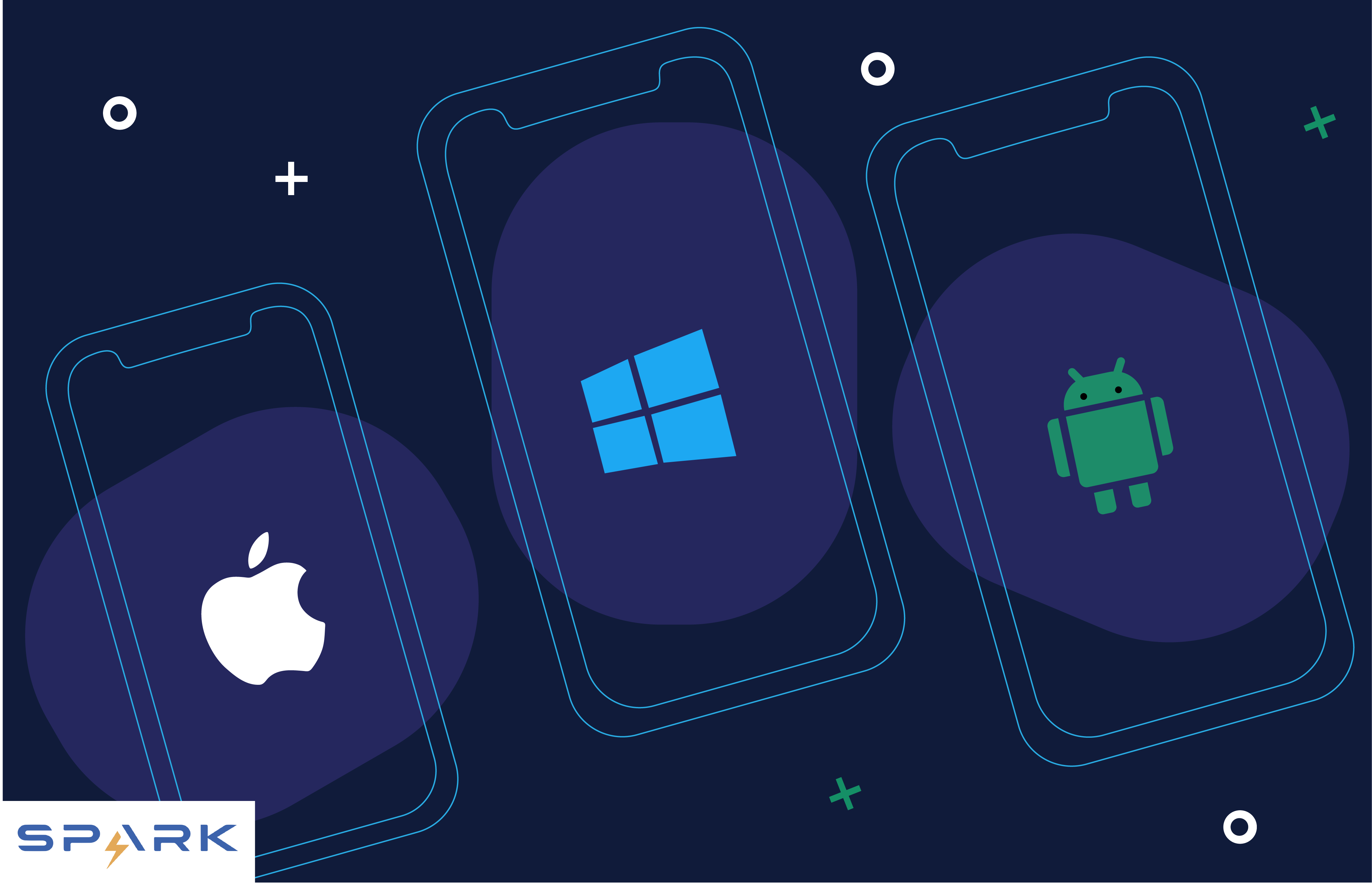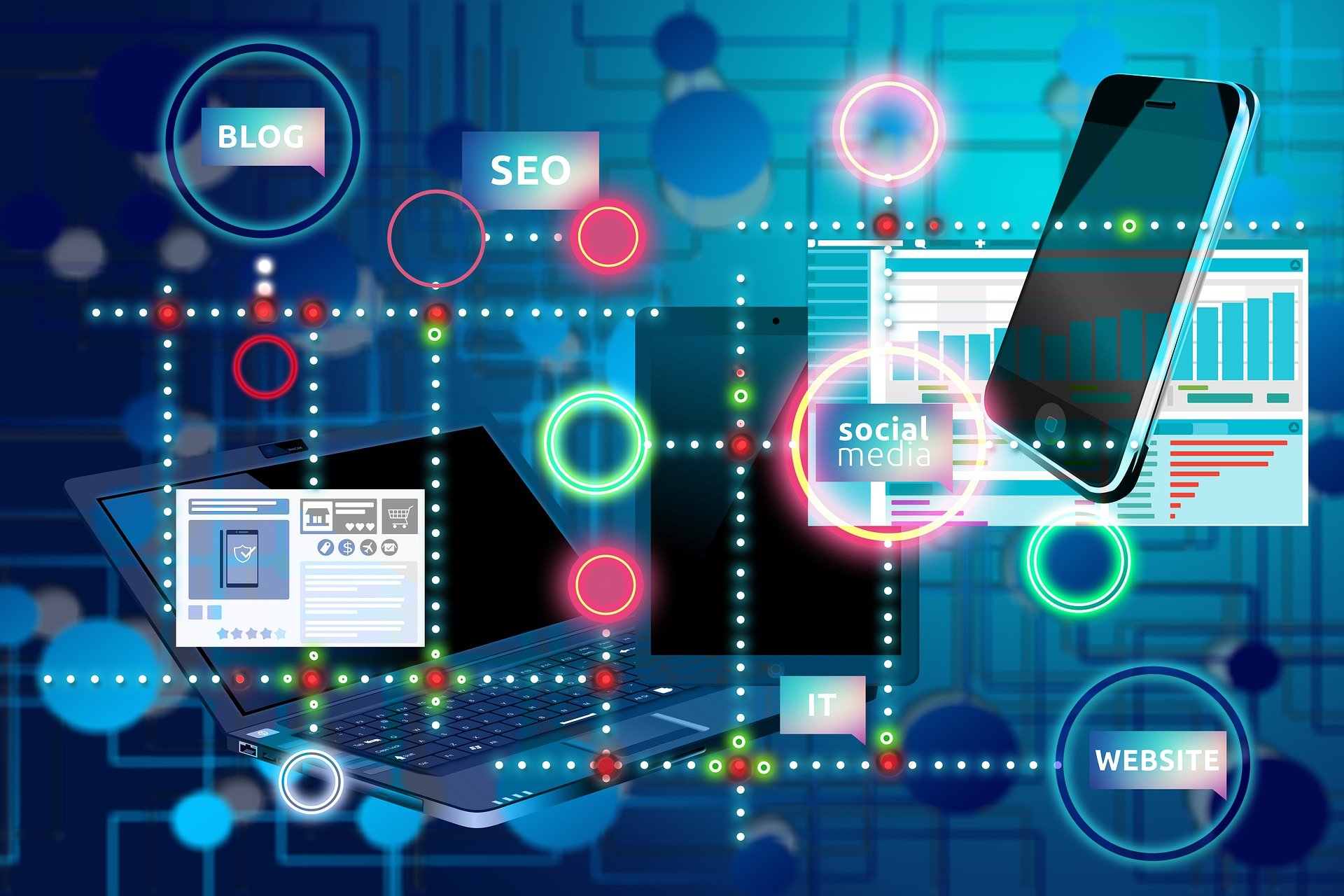AI in the Workplace : Enhancing Productivity and Efficiency with Popular AI
In a fast-paced and competitive world, companies constantly seek ways to increase productivity and efficiency to advance quickly in competition. So, Artificial Intelligence (AI) has changed how things work in various industries. Integrating AI into our work environment offers many benefits that can facilitate our processes as humans. By utilizing the empowerment of Artificial Intelligence (AI), workers can skip repetitive processes that require a lot of time so that workers can focus on more complex and strategic activities, which will increase their productivity and efficiency at work. In this article, we will discuss some popular AI tools that can help improve our performance at work.
Chat Bots (Your Online Virtual Assistant)
Chatbots are AI-powered virtual assistants interact with users naturally, like talking to humans. This technology is widely used in various industries because of its ease of use, as well as its accuracy and speed, which are classified as very good. Several industries that use this technology are customer services, sales and marketing. Chatbots can handle routine inquiries, and can serve customers automatically and instantly, so this can help workers to focus more on more complex tasks. This will not only increase satisfaction with customer service but can also help shorten company time and resources.
Predictive Analytics
As the name suggests, predictive analysis is an analysis technique that uses current and past data patterns to determine whether the same pattern will repeat itself. This technology will be very valuable in helping to estimate the success of a strategy, such as forecasting sales, estimating customer behaviour, and identifying potential risks, which, of course, can provide a competitive advantage for a company.
Virtual Assistants
Virtual assistants, such as Amazon’s Alexa, Apple’s Siri, Samsung’s Bixby, or Google assistants, are very popular in work environments. This AI-based technology can help workers with tasks that take a lot of time and decrease our productivity if we do it ourselves, such as scheduling meetings, setting reminders, and accessing information quickly.a
Machine Learning
Machine learning is a sub of Artificial Intelligence (AI) that focuses on using data and developing systems that can learn independently without repeatedly being programmed by humans. Machine learning has also been widely developed in various industries to make processing large, complex data easier and faster. Examples of the application of machine learning are those often found in dealing with fraud detection, recommendation systems, and optimization processes. With this technology, businesses can automate repetitive tasks, improve accuracy, and make faster and more precise decisions.
Robotic Process Automation (RPA)
RPA is not a physical robot like those we encounter in the production process or a robot that can walk and talk like humans. RPA is software that can help us complete work carried out on digital systems. This technology can help us streamline tasks such as data entry, invoice processing and report generation. With RPA, companies can free workers from mundane tasks, reduce errors, and increase the speed of business processes.
Personalized Marketing
Personalized marketing is a strategy that involves tailoring marketing messages and experiences to individual customers’ specific needs, interests, and preferences. Using AI for personalized marketing can help carry out personalized recommendations, targeted advertising and dynamic pricing. This will help businesses increase customer engagement and conversion rates and drive revenue.
So, AI has the potential to increase productivity and efficiency at work significantly. Companies can automate tasks, gain valuable insights, and make better decisions using AI tools such as chatbots, predictive analysis, virtual assistants, machine learning, RPA, and personalized marketing. As AI technology advances, it will be interesting to see how it further transforms the workplace and helps businesses stay competitive.
If you are looking for high quality web or app development services feel free to drop us a message













